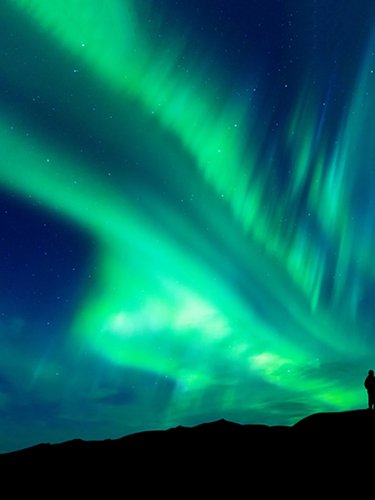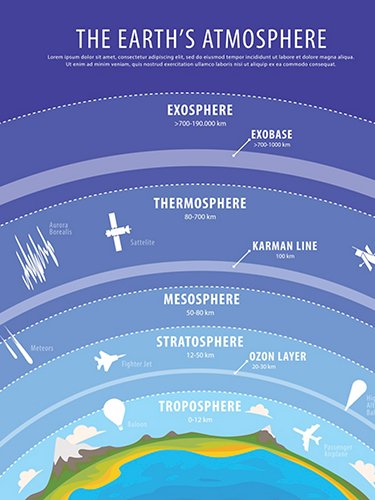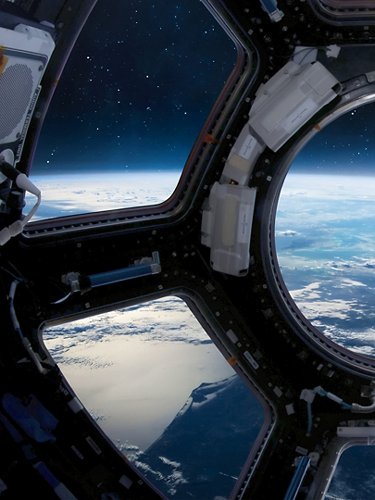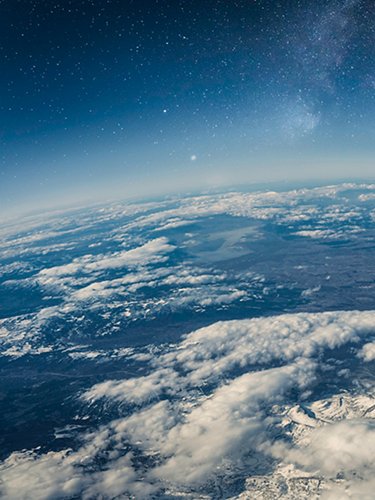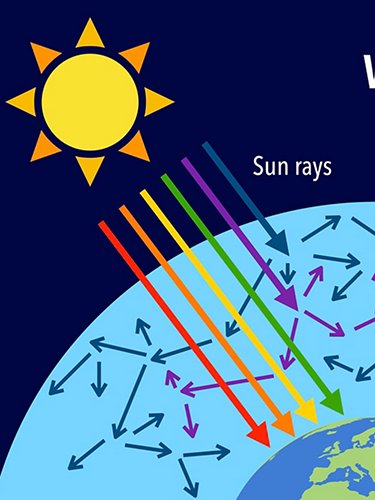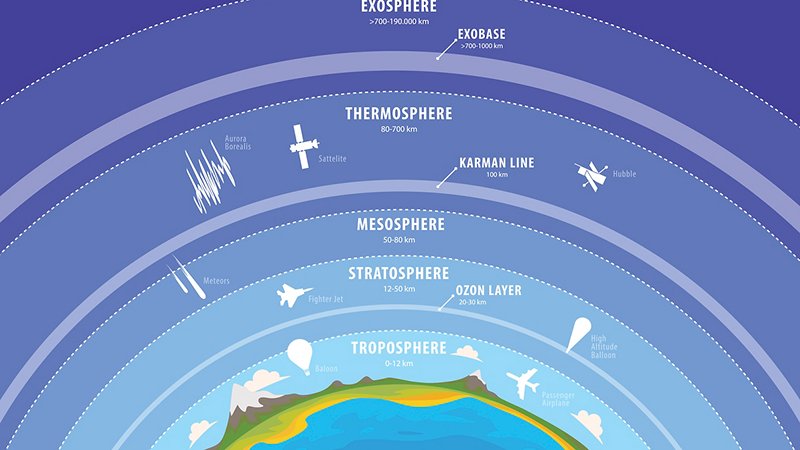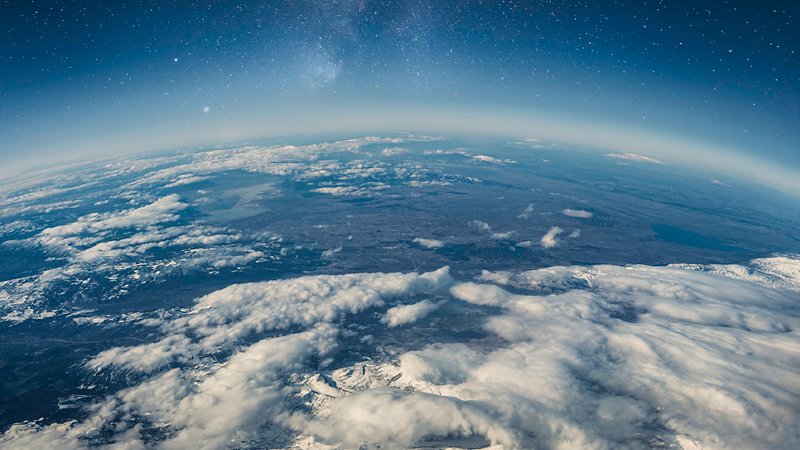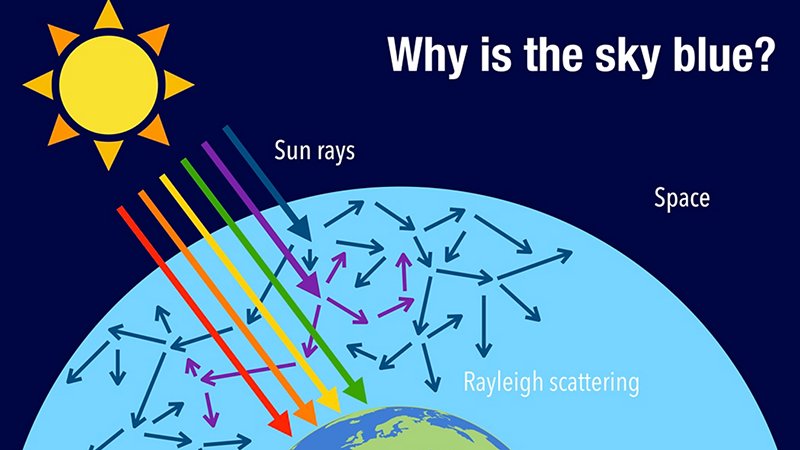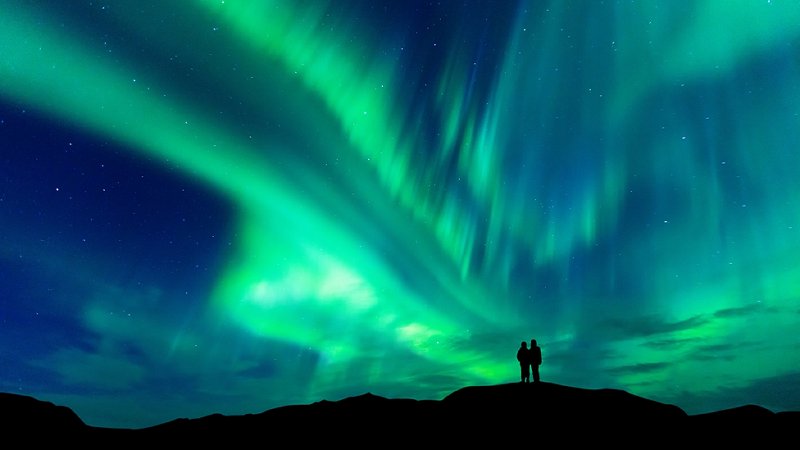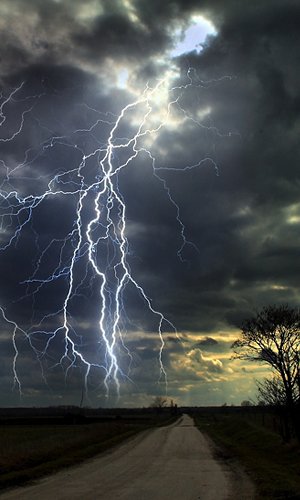The air completely surrounds the Earth and literally wraps it up in a shroud that, under the effect of gravity and centrifugal force caused by the Earth’s rotation, takes a spheroid shape (think of the shape of an egg), flatter at the poles and bulging at the Equator. This is why, even if its boundaries with the interplanetary spaces cannot be accurately identified, it has been called atmosphere (from the Greek atmòs = steam, and sfaira = sphere). A number of layers (spheres) can be identified in the atmosphere; these layers are concentric with the Earth and have different temperatures and chemical properties. Starting from the Earth’s surface (the soil) and going up, we find: the troposphere, the stratosphere, the mesosphere, the thermosphere and the exosphere.



